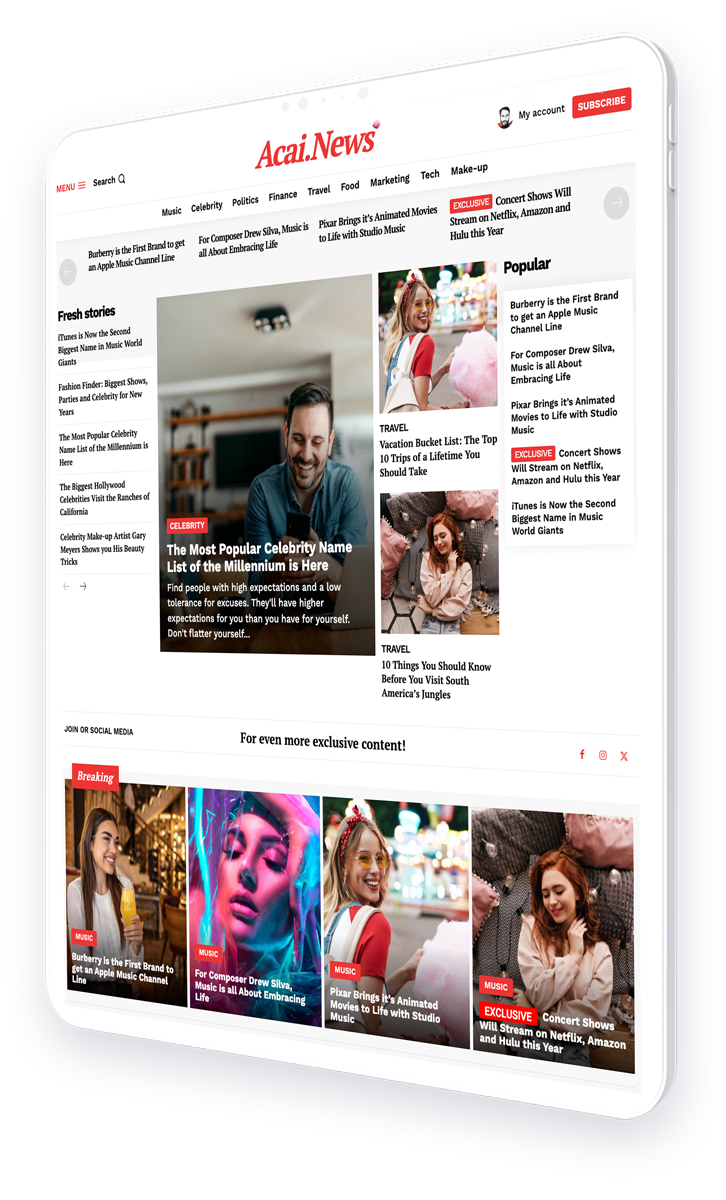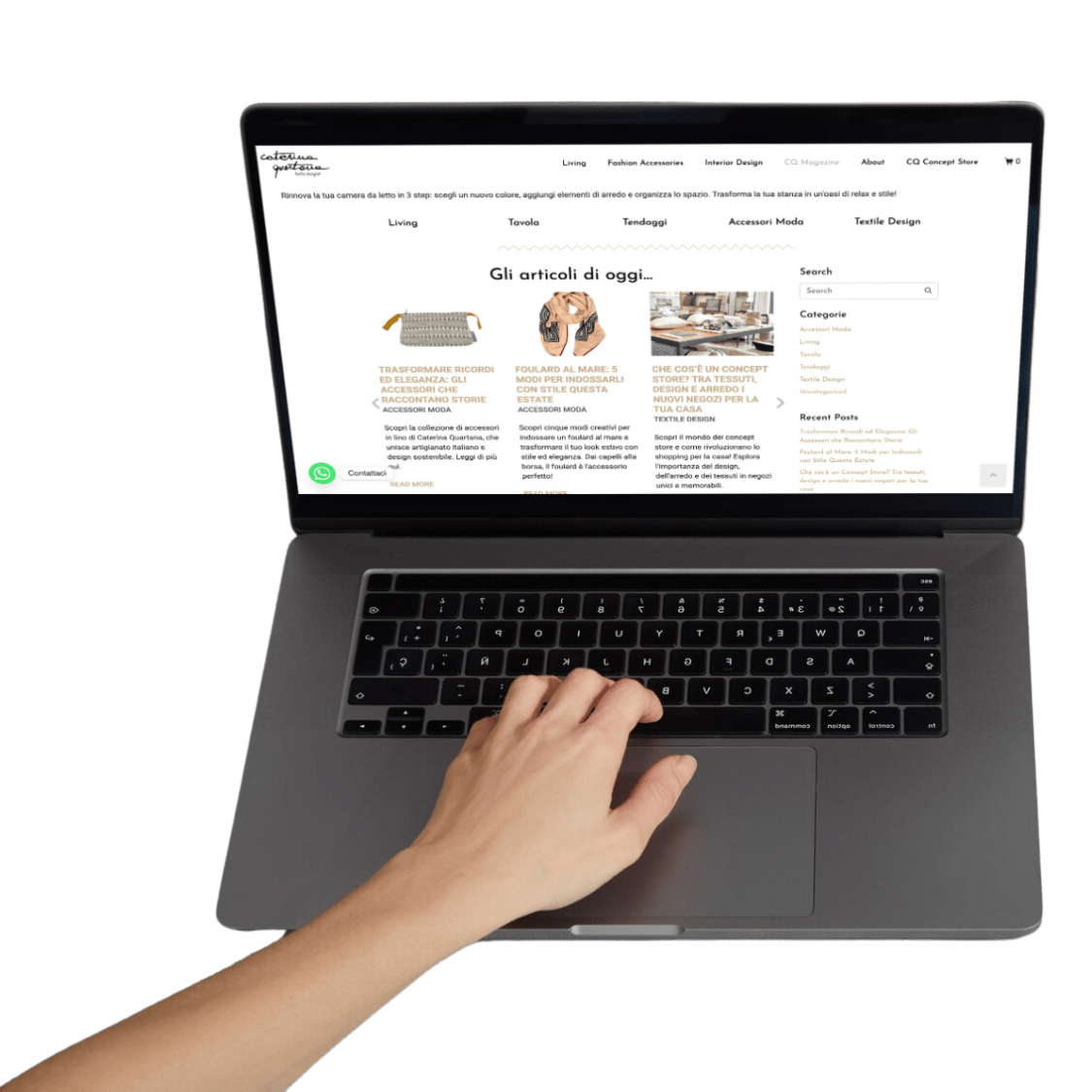Strategies to guide readers through a structured funnel leading to conversion
In the digital age, content is king. However, not all content is created equal. The journey from a casual reader to a loyal customer is a strategic process that requires careful planning and execution. This article explores how businesses can create a content journey that effectively converts leads, using a structured funnel approach.
The Importance of a Content Journey
Before diving into strategies, it’s crucial to understand why a content journey is important. A well-crafted content journey guides potential customers through the stages of awareness, consideration, and decision-making. This journey not only educates and informs but also builds trust and nurtures relationships.
Understanding the Content Funnel
The content funnel is a model that represents the stages a potential customer goes through before making a purchase. It typically consists of three main stages:
- Top of the Funnel (TOFU): This stage focuses on attracting a wide audience. Content here is usually educational and aims to raise awareness about a problem or need.
- Middle of the Funnel (MOFU): At this stage, the goal is to engage and nurture leads. Content is more detailed and helps potential customers evaluate their options.
- Bottom of the Funnel (BOFU): This is the decision-making stage. Content is persuasive and aims to convert leads into customers.
Strategies for Creating a Content Journey
1. Crafting Engaging Blog Content
Blogs are a powerful tool for attracting and engaging potential customers. **They serve as the entry point for many in the content journey.** To create effective blog content:
- Identify your target audience and their pain points.
- Use SEO best practices to increase visibility.
- Incorporate storytelling to make content relatable and memorable.
- Include clear calls-to-action (CTAs) to guide readers to the next stage.
For example, a company selling eco-friendly products might write a blog post about the environmental impact of plastic waste, offering tips on reducing plastic use. This not only educates readers but also subtly introduces the company’s products as part of the solution.
2. Utilizing Lead Magnets
Lead magnets are valuable resources offered in exchange for contact information. They are crucial for moving readers from the TOFU to the MOFU stage. Effective lead magnets include eBooks, whitepapers, webinars, and free trials.
For instance, a software company might offer a free eBook on improving productivity with digital tools, requiring readers to provide their email addresses to download it. This not only captures leads but also positions the company as an authority in its field.
3. Developing In-Depth Magazine Content
Magazines, whether digital or print, offer an opportunity to provide in-depth content that engages and nurtures leads. They are ideal for the MOFU stage, where potential customers are evaluating their options.
To create compelling magazine content:
- Focus on topics that address the specific needs and interests of your audience.
- Include case studies and testimonials to build credibility.
- Incorporate interactive elements, such as quizzes or surveys, to increase engagement.
- Provide exclusive insights or behind-the-scenes content to add value.
For example, a health and wellness brand might publish a digital magazine featuring success stories from customers who have transformed their lives using the brand’s products. This not only showcases the effectiveness of the products but also inspires potential customers to take action.
4. Implementing Email Marketing Campaigns
Email marketing is a powerful tool for nurturing leads and guiding them through the content journey. It allows businesses to deliver personalized content directly to potential customers’ inboxes.
To create effective email marketing campaigns:
- Segment your audience based on their interests and behavior.
- Use automation to send timely and relevant content.
- Include clear and compelling CTAs to encourage action.
- Track and analyze performance to optimize future campaigns.
For instance, an online retailer might send a series of emails to leads who have downloaded a lead magnet, offering personalized product recommendations and exclusive discounts to encourage conversion.
Case Studies: Successful Content Journeys
Case Study 1: HubSpot
HubSpot, a leading provider of inbound marketing software, has mastered the art of the content journey. Their blog attracts millions of visitors each month, offering valuable insights on marketing, sales, and customer service.
HubSpot uses lead magnets, such as free templates and guides, to capture leads. They then nurture these leads with targeted email campaigns, offering personalized content and product recommendations. This approach has helped HubSpot build a loyal customer base and achieve significant growth.
Case Study 2: Glossier
Glossier, a popular beauty brand, has created a content journey that resonates with its target audience. Their blog, Into The Gloss, features beauty tips, product reviews, and interviews with industry experts.
Glossier uses social media and email marketing to engage and nurture leads, offering exclusive content and promotions. This approach has helped Glossier build a strong community of loyal customers and achieve impressive sales growth.
Key Takeaways
Creating a content journey that converts leads requires a strategic approach and a deep understanding of your audience. By crafting engaging blog content, utilizing lead magnets, developing in-depth magazine content, and implementing effective email marketing campaigns, businesses can guide potential customers through a structured funnel leading to conversion.
Remember, the key to success is providing valuable and relevant content at each stage of the journey. By doing so, businesses can build trust, nurture relationships, and ultimately convert leads into loyal customers.
For more insights on creating effective content journeys, visit Content Marketing Institute.




